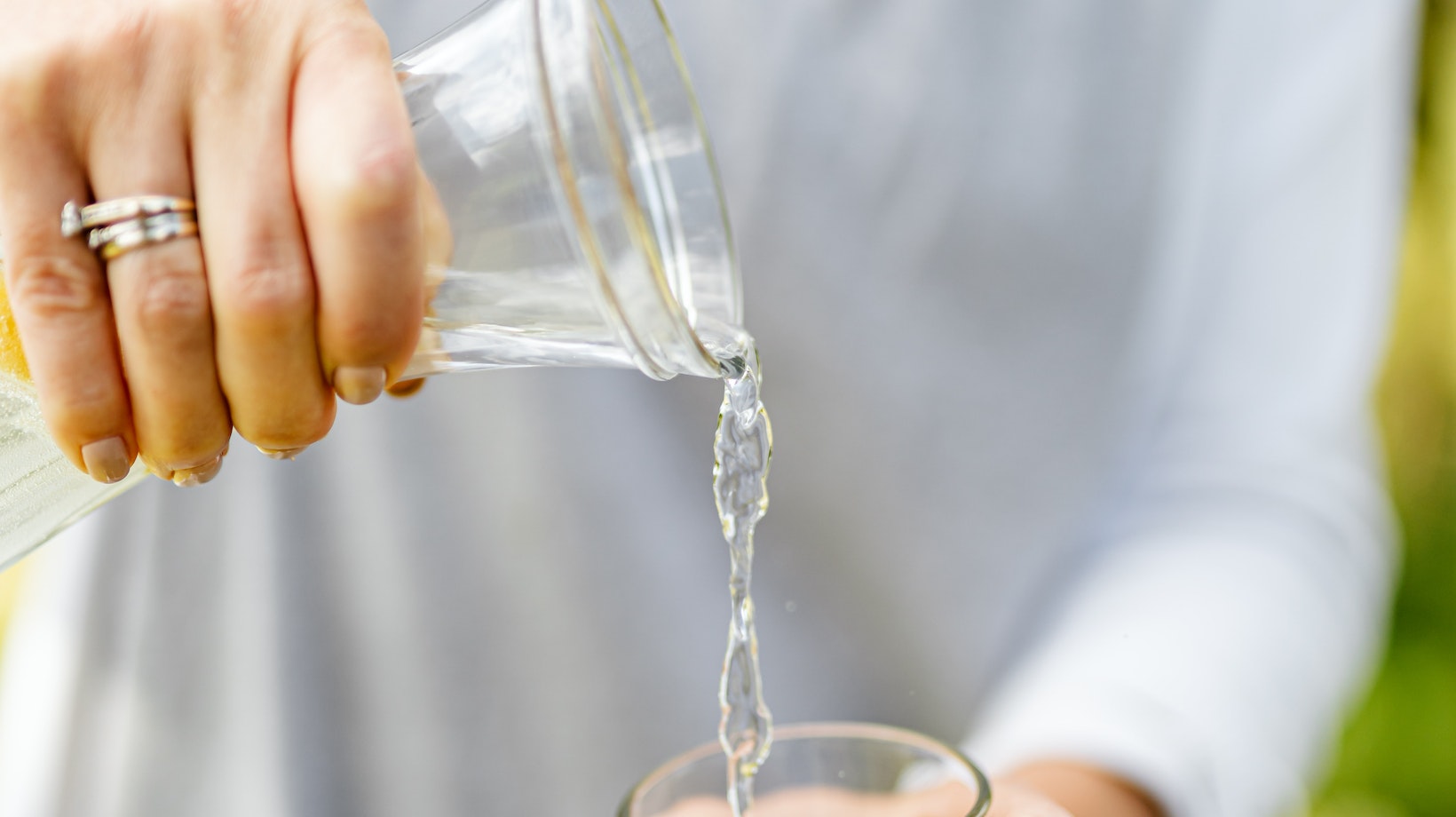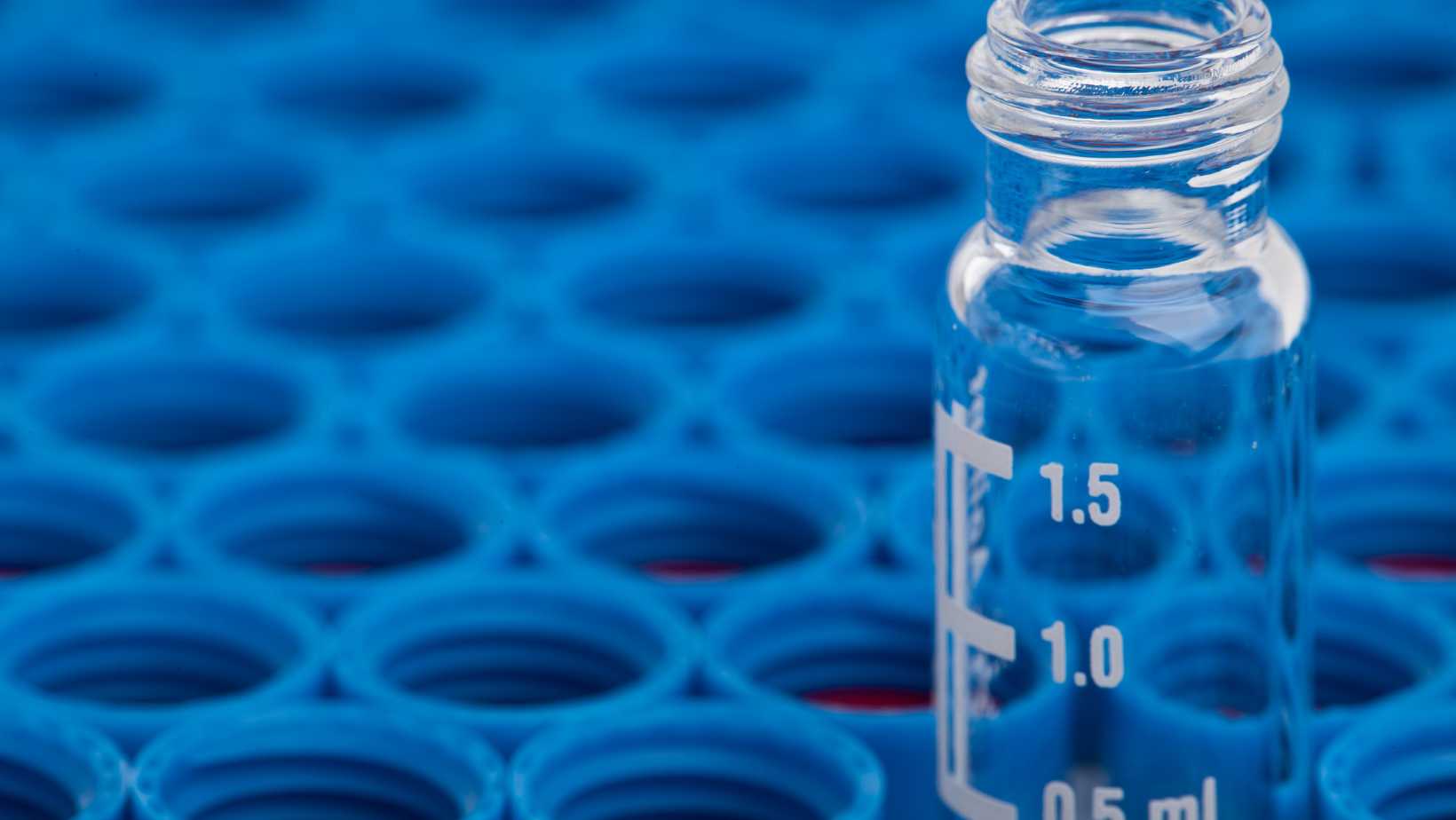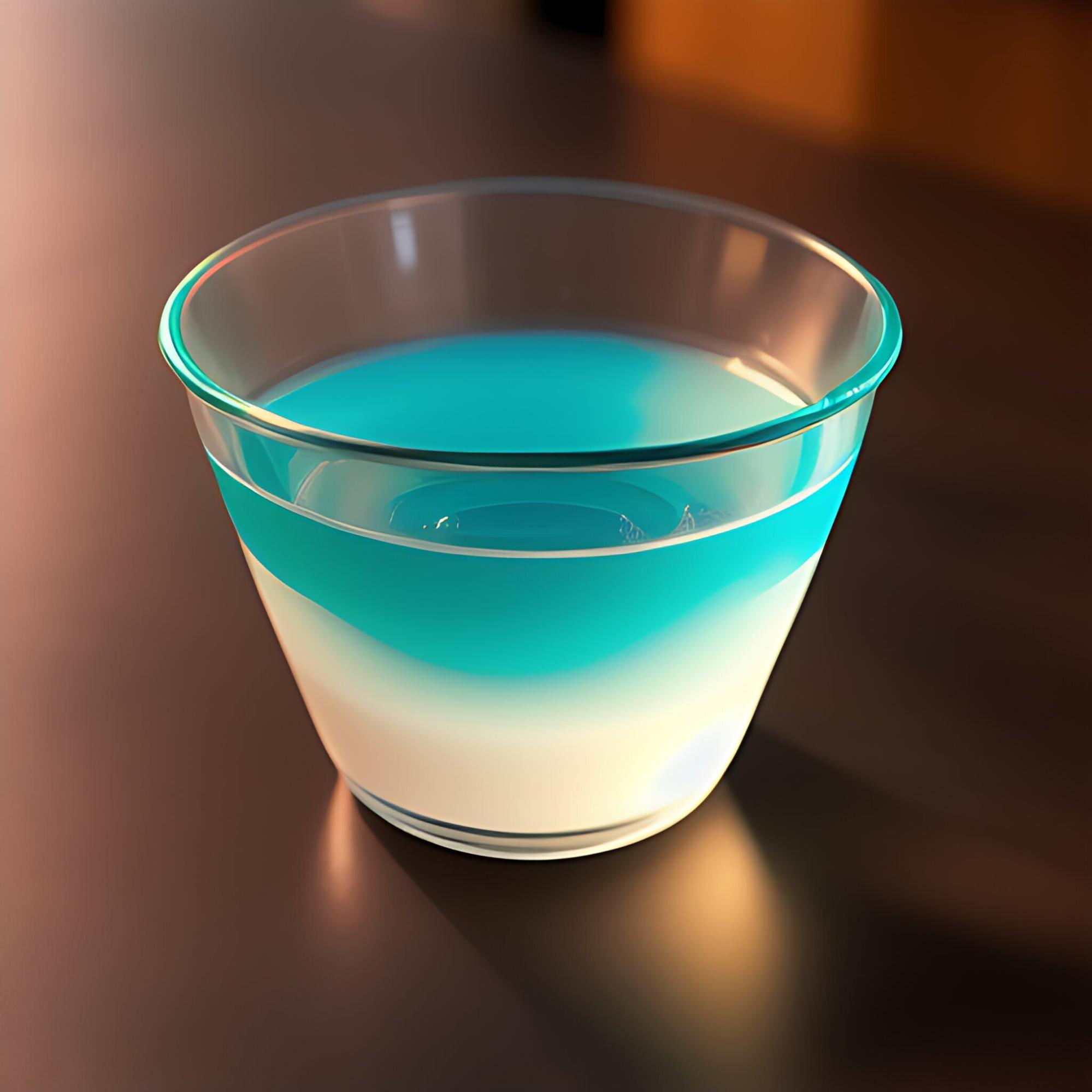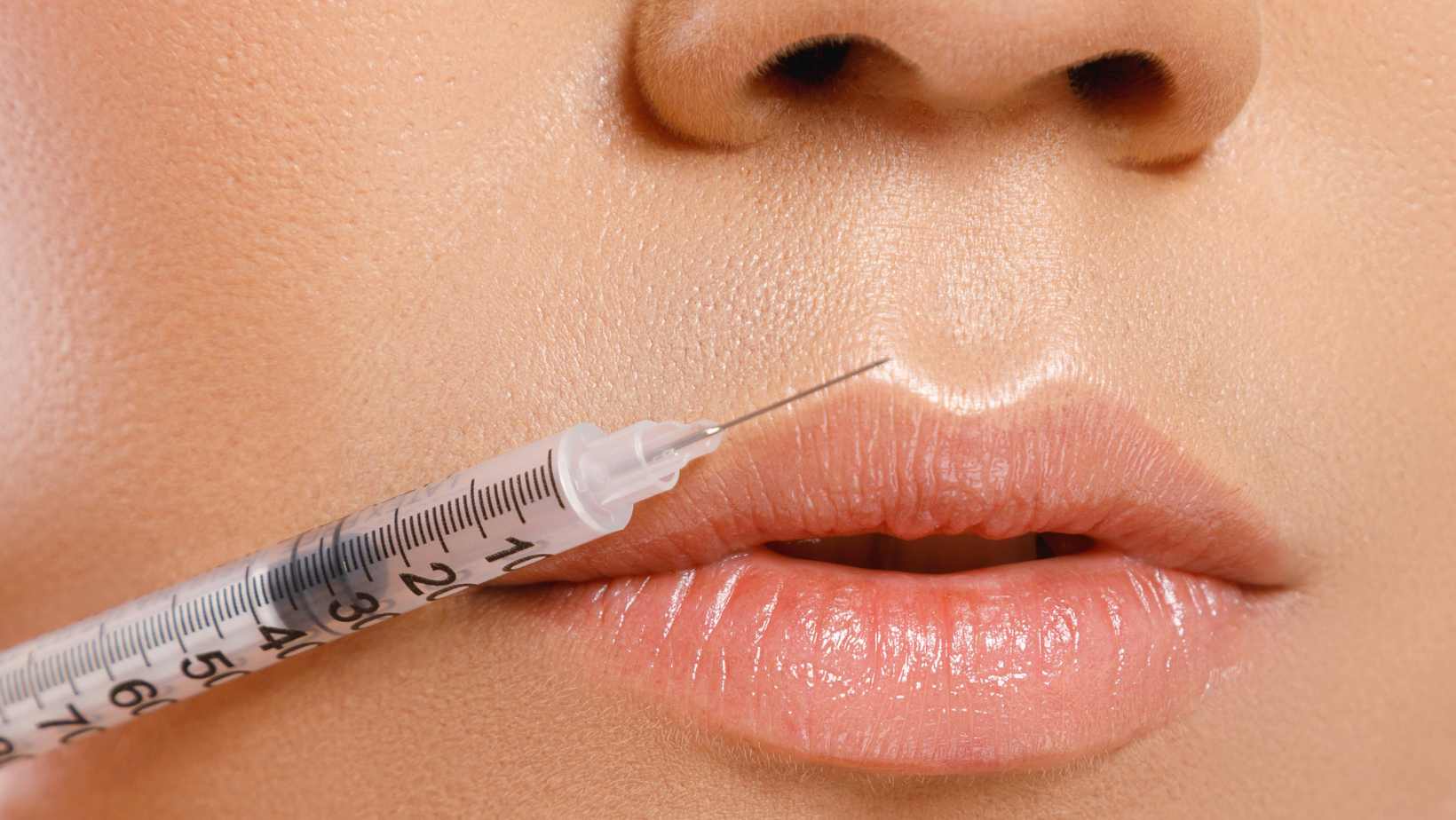Precise Measurement Guide: How Many ml in a Glass of Water

Understanding the Concept of Milliliters
When it comes to measuring liquids, one commonly used unit is the milliliter (ml). A milliliter is a metric unit of volume that is equal to one-thousandth of a liter. To put it into perspective, imagine dividing a liter into 1,000 equal parts – each part would be equivalent to 1 milliliter.
Milliliters are often used for precise measurements in various fields like cooking, chemistry, and medicine. They offer a convenient way to measure small quantities of liquids accurately. Whether you’re following a recipe or administering medication, understanding milliliters can help ensure accuracy and consistency.
Exploring the Conversion of Fluid Measurements
To grasp the concept more fully, it’s helpful to understand how milliliters relate to other fluid measurements. Here are some common conversions:
- 1 milliliter (ml) equals 0.0338 fluid ounces (fl oz)
- 1 cup contains approximately 237 milliliters (ml)
- A standard glass typically holds around 250 milliliters (ml) of liquid
- One liter is equal to 1,000 milliliters (ml)
Keep in mind that these conversions may vary slightly depending on your location or specific measuring equipment. It’s always best to refer to accurate measurement tools when precision matters.

Measuring Water in Milliliters
Now that we understand what a milliliter is and how it relates to other fluid measurements let’s focus on measuring water specifically. Water has its own unique properties and importance in our daily lives.
Water consumption recommendations vary depending on factors such as age, weight, and activity level. However, staying hydrated by drinking an adequate amount of water throughout the day is generally recommended for overall well-being.
To measure water accurately in milliliters:
- Use a measuring cup or a kitchen scale with fluid ounces to milliliter conversion.
- Pour the water into the measuring cup or container, ensuring it reaches the desired level.
- Read the measurement in milliliters indicated on the cup or scale.
By knowing how many milliliters of water you are consuming, you can track your intake and ensure you meet your hydration goals.
Understanding milliliters opens up a world of precise measurements for liquids. Whether you’re following a recipe, administering medication, or tracking your water intake, having an understanding of milliliters empowers you to make accurate and informed decisions. So next time you need to measure a liquid quantity, reach for that trusty measuring cup and embrace the metric wonders of milliliters.
How Many ml in a Glass of Water
When it comes to measuring liquids, milliliters (ml) are the go-to unit of measurement. Whether you’re following a recipe or ensuring proper hydration, understanding how many ml are in a glass of water is essential. In this section, we’ll delve into the world of measuring liquids in milliliters and provide you with some useful information.
To begin, let’s establish the conversion rate between ounces and milliliters. One fluid ounce is equivalent to approximately 29.57 ml. This conversion factor allows us to determine the amount of liquid in milliliters when given a volume in ounces. For instance, if a standard glass contains 8 fluid ounces of water, it would be equal to around 236.59 ml.
It’s important to note that different types of glasses may have varying capacities. A typical drinking glass can hold anywhere from 200-250 ml of liquid comfortably. However, larger glasses or specific measuring cups can accommodate up to 300-350 ml or more.
When precision is required for scientific experiments or pharmaceutical purposes, specialized laboratory equipment such as graduated cylinders are used for accurate measurements. These instruments often come marked with precise gradations indicating exact volumes in milliliters.
In everyday situations though, most people rely on common household items like cups and spoons for rough estimations rather than using precise measurements like milliliters.




